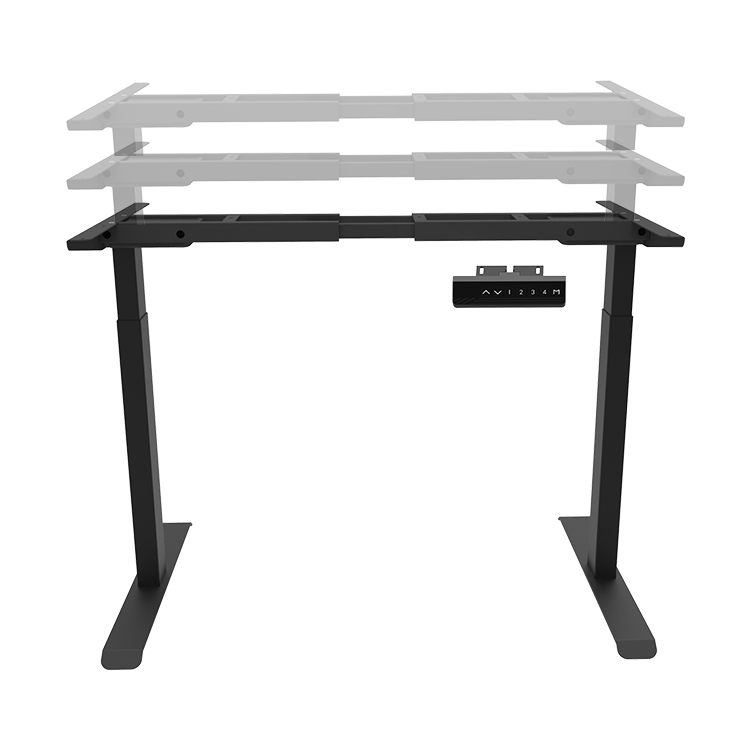1. Hydrolysis The so-called hydrolysis is the process of decomposing a polycondensation or addition polymer into monomers under the effect of water. Because hydrolysis and condensation are mutually reverse reactions, the polycondensate or addition polymer contains groups that are sensitive to the hydrolysis reaction, and therefore can be hydrolyzed. Polyesters of this type include polyesters, polyesters, polycarbonates and polyamides. They are stable under normal conditions of use. Therefore, wastes of such plastics must be hydrolyzed to obtain monomers under special conditions.
(1) Reaction with water vapor:
1 Mix the low-density polyurethane foam with 160-190°C superheated steam for more than 15 minutes, and convert it to a liquid with a density higher than that of water. In addition to toluene diamine and polypropylene oxide, there is a polyol (polyester or polyether) type). Polyols can be used directly for the formation of new foams, while amines must be chemically converted to isocyanates before they can be used.
2 Polyurethane Foam Hydrolysis Process of General Motors: After the waste foam block is crushed, it is put into the reactor and exposed to steam at a temperature of 315.6°C for hydrolysis. Polyols are aqueous monomers that can be recovered directly after cooling and filtration. Steam enters the spray condenser from the reactor and is contacted with aniline or benzyl alcohol. Various solvent recovery processes include separation of water, solvents and organics. Distilling the organic solvent separates the main diamine, the byproducts ethylene glycol and tar.
(2) Continuous hydrolysis reaction: German Leverkusen company launched a continuous hydrolysis reactor for waste plastics recycling. The twin-screw extruder is used as the reaction chamber, which can withstand high temperatures of 300°C and the pressure generated. The residence time of the waste material in the machine is 5 to 30 minutes.
After feeding, the twin screw extrudes the chopped foam, feeds it into the hydrolysis zone, and pumps the hydrolyzed water in reverse with a pump, which is in contact with the foam. The compressed solids are preliminarily hydrolyzed into a slurry and the water impregnates the slurry under the action of a screw kneading disk to achieve complete hydrolysis. The hot hydrolysate is discharged through a controllable pressure reducing valve. The hydrolysate contains mainly polyethers and low molecular amines formed from isocyanates. There are 3 ways to separate them:
1. Purify the polyether after distilling and removing the amine;
2. Amine precipitates from the reaction of the amine with the acid and then the precipitate is filtered;
3. Add a secondary liquid that dissolves only one component and then extract.
Source: China Plastics Industry Network
1. Sit Stand Workstation Lift freely, can stand can sit alternate office, stand sit alternate do not hinder busy business at hand.
2. It's easy to operate, just press the button to achieve the purpose of alternate standing and sitting.
3. Memory function storage: that is, the user can adjust the function key to a suitable height according to his own height, and adjust the function key to a fixed position to facilitate the fixed position and use.
4. The appearance is simple and generous, which is in line with the international office trend and different from the traditional desk style which is dull and not easy to move.
5. It is beneficial to the physical and mental health of office workers, increases work efficiency, enlivens the workplace atmosphere and makes the workplace atmosphere more active.

Sit Stand Workstation,Stand up desk workstation,Sit Stand Desk Workstation,Adjustable Work Tables,Sit Stand Laptop Desk
Suzhou Uplift Intelligent Technology Co., Ltd , https://www.upliftecdesks.com